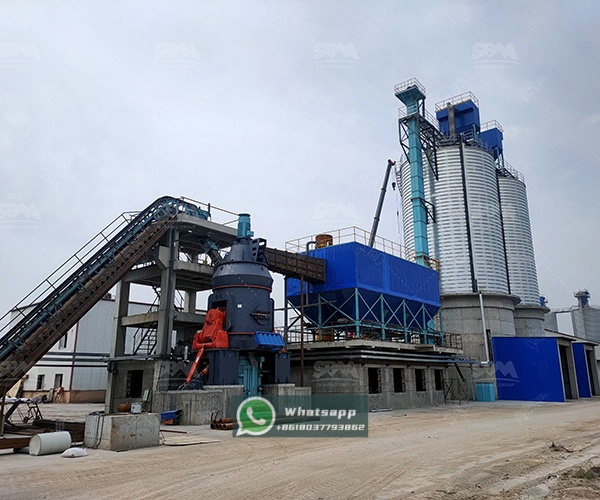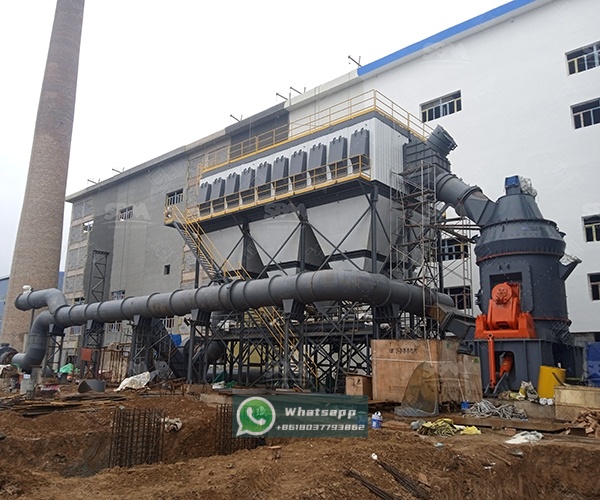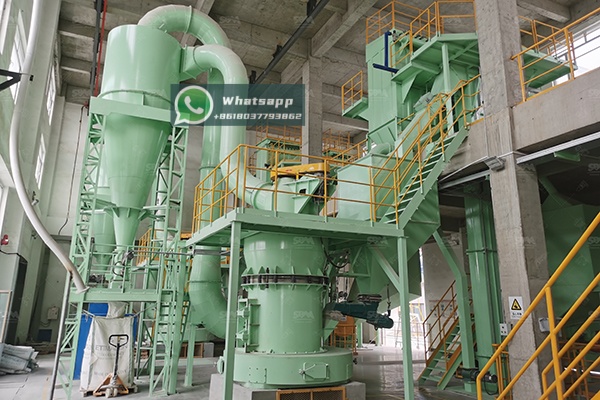The cement industry is a cornerstone of global infrastructure, and at the heart of its production process lies the critical step of clinker grinding. This stage determines the final quality, energy consumption, and overall efficiency of the entire plant. While various grinding technologies have been employed over the decades, the vertical roller mill (VRM) has emerged as the preeminent solution for modern cement production, offering unparalleled advantages in energy efficiency, productivity, and environmental compliance.
Historically, ball mills were the industry standard for cement grinding. These robust, rotating cylinders filled with steel grinding media are reliable but notoriously energy-intensive. A significant portion of the input energy is wasted as heat and noise, with only a small percentage actually used for the size reduction process. The quest for greater efficiency and lower operational costs drove innovation, leading to the development and widespread adoption of the Vertical Roller Mill.
The VRM represents a paradigm shift in comminution technology. Instead of relying on cascading balls in a horizontal drum, it utilizes conical rollers that press against a rotating grinding table. The material is ground by compression and shear forces under the rollers. Simultaneously, a stream of hot gas flowing through the mill dries the feed material and transports the finer particles to an integrated classifier at the top.

The superiority of VRMs for clinker grinding is evident in several key areas:
Selecting the right equipment is paramount to realizing these benefits. Shanghai Zenith Machinery Co., Ltd., a renowned manufacturer of industrial grinding equipment, offers a range of advanced mills perfectly suited for the demands of modern cement plants. Among them, the LM Vertical Grinding Mill series stands out as an exceptional choice for clinker and slag grinding applications.
The Zenith LM Vertical Mill integrates five functions—crushing, grinding, powder selection, drying, and material conveying—into a single, highly efficient machine. Its robust design ensures stable, long-term operation with minimal maintenance downtime. For cement plants looking to upgrade their grinding circuit or equip a new production line, the LM Vertical Mill provides a future-proof solution that prioritizes energy conservation and environmental protection.
The technical parameters for the mineral grinding series of the LM Vertical Mill are detailed below:
| Model | Plate diameter (mm) | Capacity (t/h) | Output fineness (μm) | Max feed size (mm) | Main motor (kW) |
|---|---|---|---|---|---|
| LM130K | 1300 | 10-28 | 170-40 | <38 | 200 |
| LM190K | 1900 | 23-68 | 170-40 | <45 | 500 |
| LM280K | 2800 | 50-170 | 170-45 | <50 | 1250 |

For producers of high-performance blended cements or those requiring ultra-fine grinding applications, Zenith also offers the cutting-edge LUM Ultrafine Vertical Mill. This mill represents the next generation of grinding technology, designed to produce products with an exceptionally high content of end-fines.
The LUM series features advanced roller technology and a highly efficient classifying system, allowing it to achieve precise particle size distributions that were previously difficult to attain with conventional VRMs. Its intelligent control system simplifies operation and maintenance, making it an ideal choice for state-of-the-art cement plants focused on product excellence and process automation.
While VRMs offer immense benefits, their operation requires careful attention to wear parts, such as rollers and grinding table segments. Manufacturers like Zenith have made significant strides in developing high-chromium, wear-resistant alloys to extend the service life of these components, thereby reducing operating costs and improving cost-effectiveness.
The future of clinker grinding is inextricably linked to the continued evolution of vertical mill technology. Trends point towards even greater energy efficiency through advanced drive systems, smarter predictive maintenance using IoT sensors and AI, and enhanced flexibility to handle a wider variety of alternative fuels and raw materials. The integration of vertical mills into fully digitalized plant control systems will further optimize performance and ensure consistent, high-quality cement production.

The vertical roller mill has unequivocally established itself as the technology of choice for clinker grinding in modern cement plants. Its unmatched energy efficiency, compact design, and superior product quality control make it indispensable for producers striving to remain competitive in a market increasingly defined by cost and environmental pressures.
For any cement plant considering a new investment or an upgrade to its grinding circuit, evaluating advanced solutions from experienced manufacturers is crucial. Shanghai Zenith Machinery’s LM Vertical Grinding Mill and LUM Ultrafine Vertical Mill series offer proven, reliable, and high-performance options tailored to meet the rigorous demands of today’s cement industry, ensuring operational excellence and sustainable production for years to come.